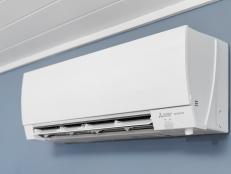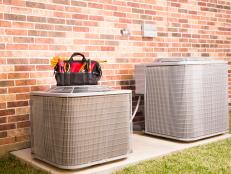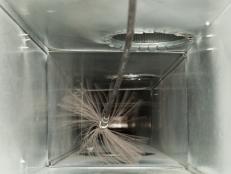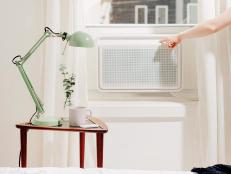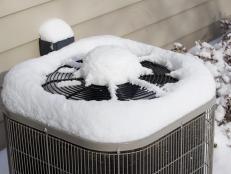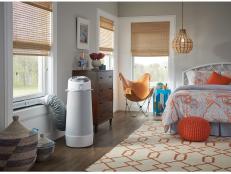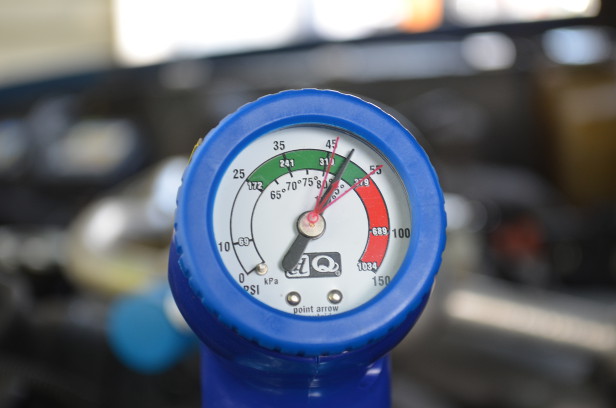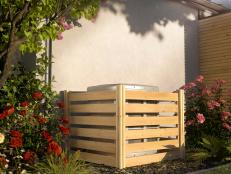Heat Pump Advantages

Jupiter Images
Heat pumps have suffered from bad publicity over the years. Early designs weren't always the most reliable, and they were often very drafty, since heat pumps require more airflow than gas furnaces do.
But simply put, heat pumps are just air conditioners that can also run backwards. To understand the principle, feel the air that blows from the condensing unit of an air conditioner (the outside part). You’ll notice that it is about 20 degrees warmer that the outside ambient air temperature. Yet, even when the outdoor temperature is above 100 degrees, the air conditioner makes the indoor air cooler.
This cooling happens because a warm, high-pressure gas is sent to a coil and fan outdoors where the heat is released, and a cool, low-pressure gas is cycled through an indoor coil and fan, where indoor heat is absorbed. As a result, the air passing through the indoor coil leaves it about 20 degrees cooler than the indoor ambient temperature.
In the winter, though, a reversing valve inside the heat pump sends the warm gas to the indoor coil and the cool gas to the outdoor coil, where (regardless of the outdoor temperature) some heat is absorbed from the air and transferred to inside the house. However, the colder the outdoor temperature, the less efficiently the heat pumps works. In fact, a heat pump works best when the outdoor temperature is above freezing.
Does this mean that heat pumps shouldn't be used where temperatures normally drop well below 32 degrees during the winter? No. In fact, heat pumps may operate at about the same cost as gas furnaces even in northern climates, depending on the costs of natural gas and electricity. If you check the average daily winter temperature in most areas, you'll find they seldom run below the mid-30s range. (Ask your local utilities; they'll be able to give you an accurate record of average temperatures.)
True, during cold nights, some supplemental heating is usually necessary. That can come from electric resistance heaters, or for much greater efficiency, from specially adapted gas furnaces that can help heat pumps through periods of extreme cold.
So try to forget the bad reputation heat pumps gained during their early history. Modern versions use tougher compressors; that means they are even more reliable during the cooling season. And models with variable-speed indoor fans are especially good at preventing cold drafts in the winter. There are other types of heat pumps that draw heat from water and from the ground, which provide efficiency that is more consistent, require no supplemental heat, and may provide the most cost-effective form of heating and cooling.







